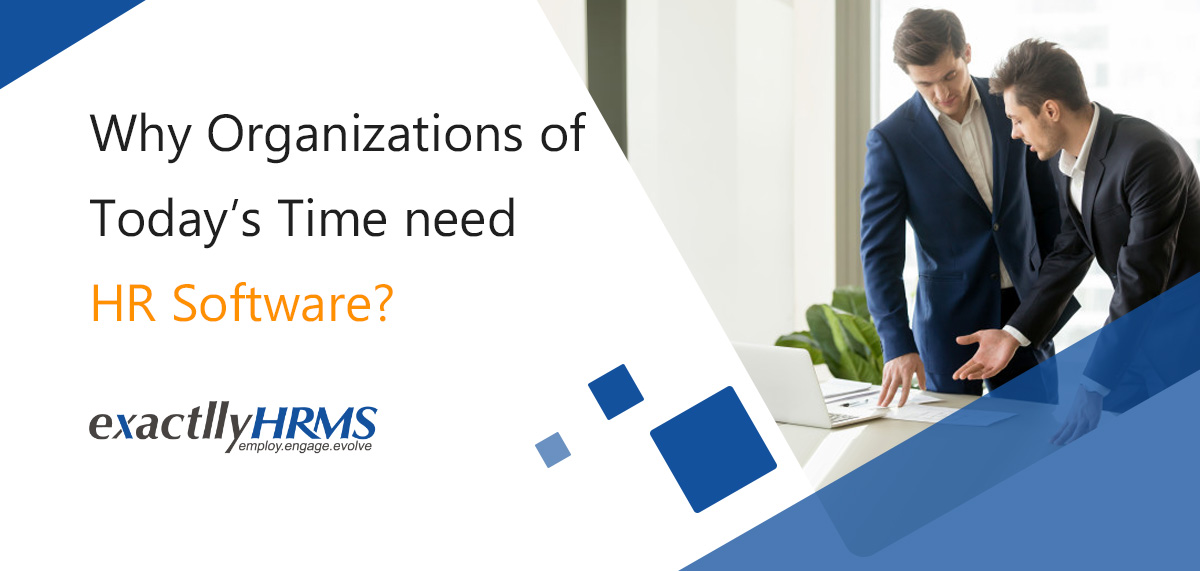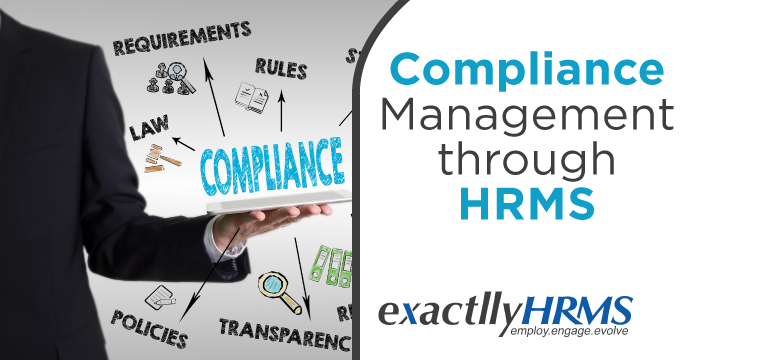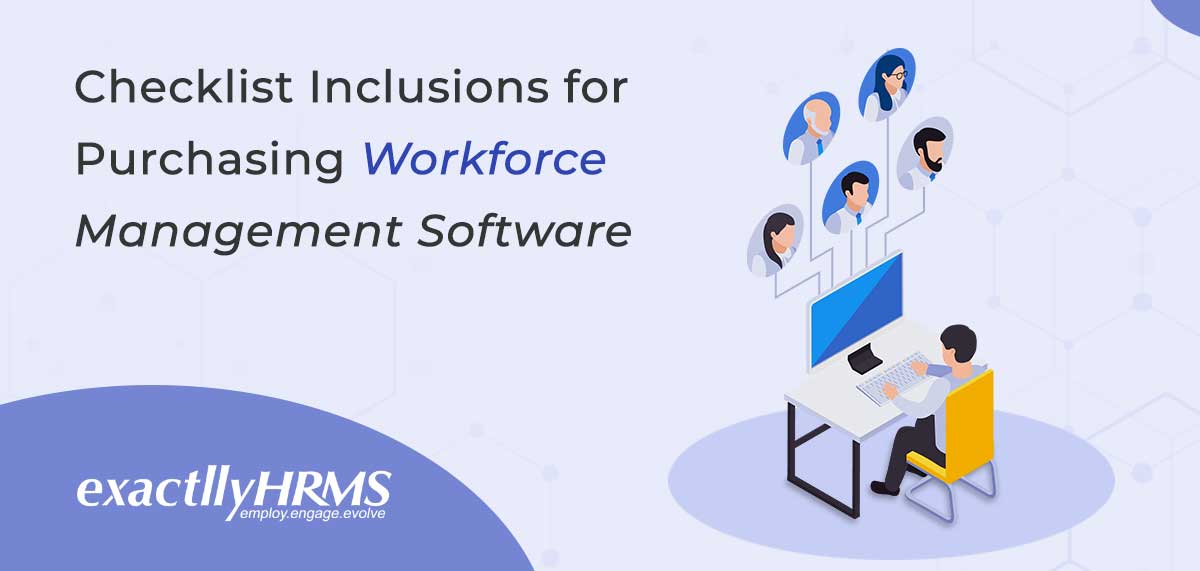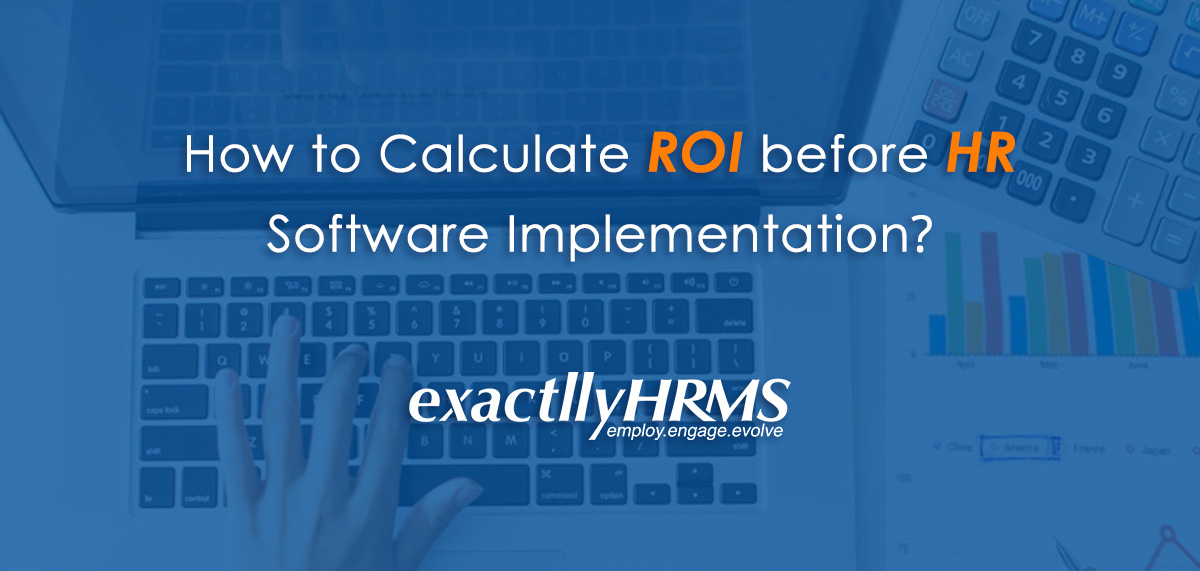Big Data and HR: A Paradigm Shift Is Taking Place
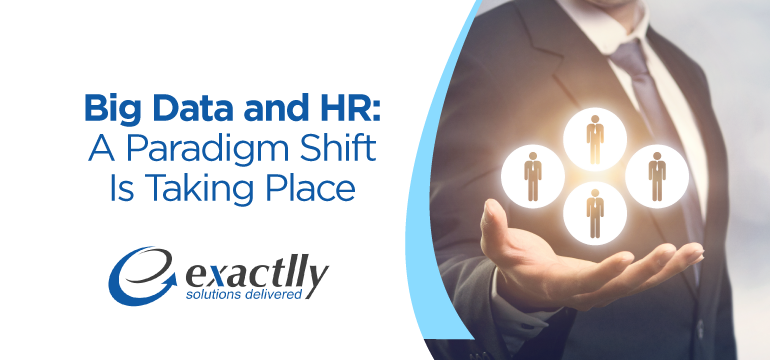
A lot of HR-related data is generated on a daily basis. Though the storage of digital information is no more an issue with high capacity hard disks available at a cheap price today, the problem arises when HR managers fail to understand the utility of the data. The data keeps piling up in digital files and becomes so big that it becomes difficult to put it to any use especially if it is in an unstructured format.
Nonetheless, there are many data mining tools available but the first one should know how it is going to be helpful. How can big data be put to meaningful use? Data mining costs money and time. But all your data mining expenses can be evened out if you are able to generate business benefits. Through proper data analysis, you can identify trends, plug loopholes and forecast the productivity of the organization based on employee performances.
-
Observe Parameters –
Data can be used to observe various parameters to deduce attrition rate, recruitment success, absenteeism rate, and employee satisfaction level. It gives an opportunity for HR managers to introspect and figure out the shortcomings in the organization. The results can be used to implement HR policy changes.
-
Data Integration –
A lot of data can be found scattered across different systems. If you implement an HRMS solution in the organization, it ensures that there is a centralized database that keeps all the data together. On the other hand, if your organization uses multiple applications to serve different HR functions, it is necessary to integrate data spread across different systems. Data should be integrated across the department, geographical boundaries and time frames. There are a number of data integration tools available. Solid data management and integration eliminate data ambiguity, data redundancy and data errors caused due to human errors.
-
Uniform Data Structure –
Data can be integrated only if there is uniformity in data structure across the organization. If this is not the case, then you have to rectify the data collection technique. The process of collecting data should be the same with the same data input fields everywhere. A common form or a common spreadsheet should be used as much as possible. Though the entire process may look cumbersome in the beginning, data uniformity simplifies data integration. And when the data is integrated, it opens an ocean of opportunities to play with it.
-
Gain Insights and Share –
Analytical tools or HRMS (already embedded with analytical capacity) help you to understand, analyze and interpret data irrespective of data volume. Classify the data as per your requirement. Break information silos into different sets of usable information. Make it presentable in a visual format like presentation, videos, infographics etc. Share it across the organization. Senior managers can take strategic decisions based on results.
Changing Roles of HR Personnel for Big Data:
HR managers should not lose any time recognizing the importance of big data. It can be segregated, structured and analyzed. It plays a major role in seeking business intelligence that can transform the organization. Information analysis helps them to figure out what department is performing at its best. The success of one department can be replicated across the organization. To be competitive in today’s time, organizations need to do some extra work to be ahead of their peers. Thus, it gives HR managers more power and more importance.
Feel free to Contact Us and get a Free Demo.

